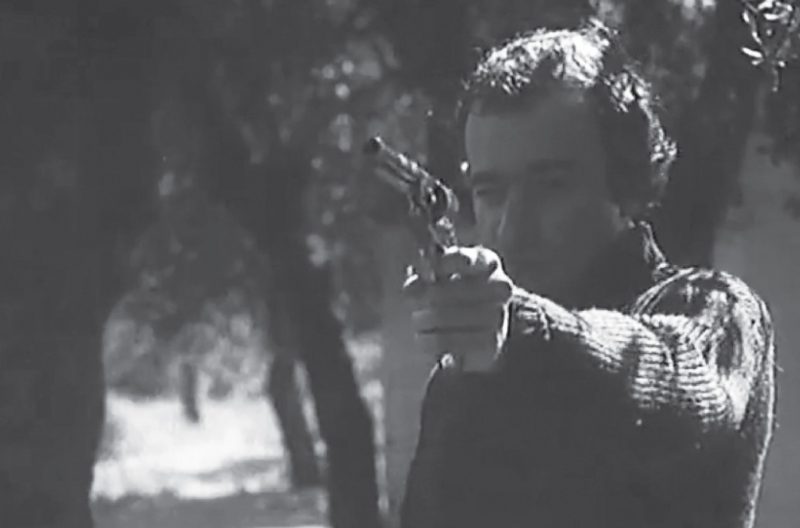In 2666, Chilean novelist Roberto Bolaño’s five-book opus, “The Part about Amalfitano” narrates the contagious influence of a disturbed Spanish poet. The reader is introduced to him via Professor Amalfitano’s recollection of his troubled marriage to his former wife, Lola, who left him on strange, ambiguous terms. “Lola’s pretext was a plan to visit her favorite poet, who lived in the insane asylum in Mondragón, near San Sebastian,” Amalfitano remembers. “A genius, an alien… His legend and his poetry and the fervor of the true believer, a doglike fervor, the fervor of the whipped dog that’s spent the night or all its youth in the rain, Spain’s endless storm of dandruff, and has finally found a place to lay its head, no matter if it’s a bucket of putrid water.” When Lola visits the poet, he listens indifferently to her fantasies about him, and later, as she desperately tries to see him again, he ignores her. Lola then drifts into homeless wandering and slowly loses her mind. “Madness is contagious,” reflects Amalfitano.
This infectiously mad “genius” is a thinly veiled (or outright veil-less) version of Leopoldo María Panero, an infamous Spanish poet who during the 1980s lived in the mental institution Lola visits. (In 1987 he published Poems from the Mondragón Asylum, his ninth collection.) To give an idea of the real-life cult appeal of Leopoldo María’s poetry, it’s useful to cite Bolaño again. In his last interview, when asked if he was ever scared of his fans, Bolaño replied: “I’ve been afraid of the fans of Leopoldo María Panero, who in my opinion, by the way, is one of the three best living poets in Spain. In Pamplona, during a series of readings organized by Jesús Ferrero, Panero was the last on the program, and as the day of his reading approached, the city (or the neighborhood where our hotel was) filled up with freaks who seemed to have just escaped from a mental asylum, which incidentally is the best audience any poet can hope for. The problem is that some of them didn’t look only like madmen. They looked like killers, and Ferrero and I were afraid that at some point someone would get up and say: I shot Leopoldo María Panero, and then plug four bullets into Panero’s head—and then with one each for Ferrero and me for good measure.” This anecdote tells you something of Leopoldo María’s subversive standing among Spanish-speaking readers of poetry, yet it tells you nothing of the other central component of his fame: his family and a classic documentary about them.
In August of 1974, during the waning days of the Franco dictatorship, a young Spanish director named...
You have reached your article limit
Sign up for a digital subscription and continue reading all new issues, plus our entire archives, for just $1.50/month.
Already a subscriber? Sign in





